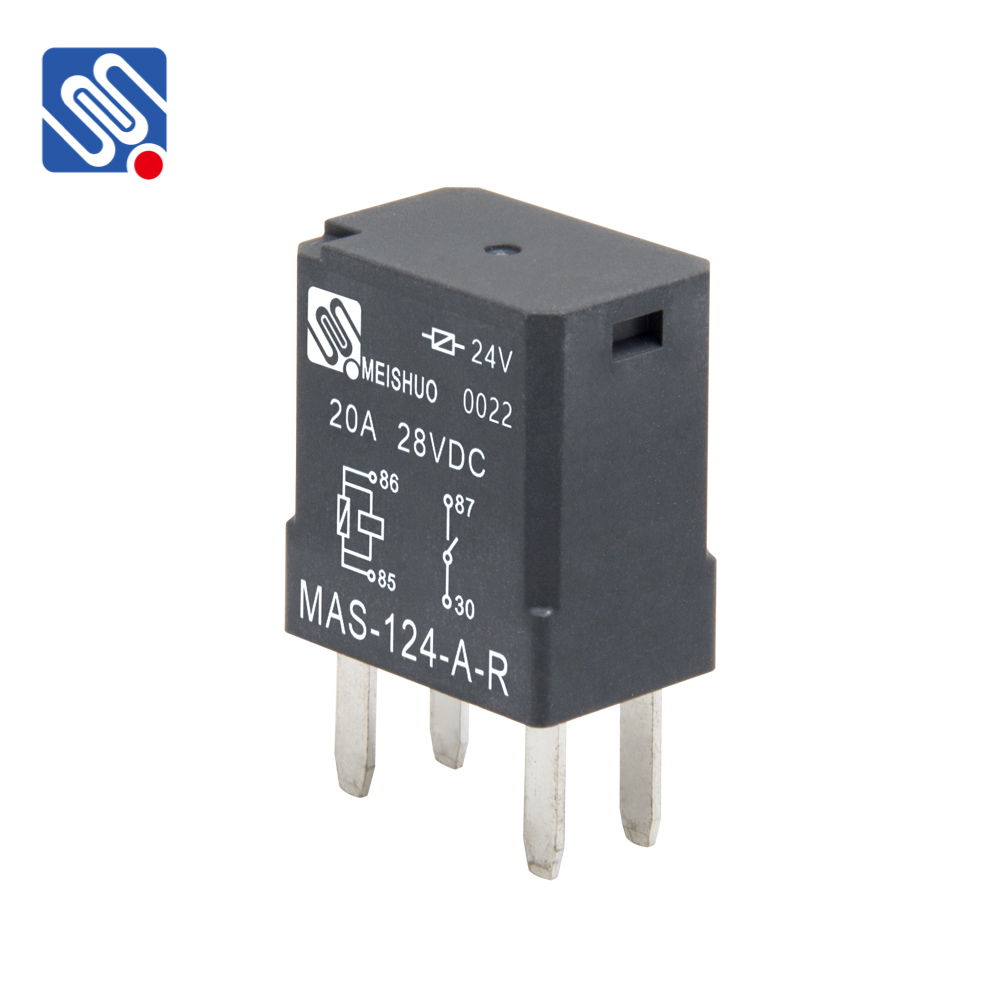Relays are crucial components in various electronic systems, serving as electromechanical switches that control the flow of electricity. Among the many types of relays, the 24V 30A relay stands out as a reliable choice for applications requiring higher current handling. This relay, designed to operate at a 24V DC control voltage and handle up to 30A of switching current, is commonly used in industrial, automotive, and automation systems. In this article, we will explore the features, working principles, applications, and advantages of the 24V 30A relay, highlighting its significance in modern electronics.

What is a 24V 30A Relay? A relay is an electrically operated switch that opens or closes a set of contacts when an electric current is applied to its coil. The 24V 30A relay specifically refers to a relay designed to operate with a 24-volt DC signal on its control side and capable of switching loads of up to 30 amps. It is typically used in systems where there is a need to control heavy electrical devices, such as motors, heaters, and other high-power equipment, with low-voltage control signals. The relay consists of an electromagnet (coil), which, when energized by a 24V DC current, generates a magnetic field that pulls or pushes a set of contacts to either open or close a circuit. The contacts on the relay can handle substantial current, up to 30A, making it suitable for controlling powerful devices.